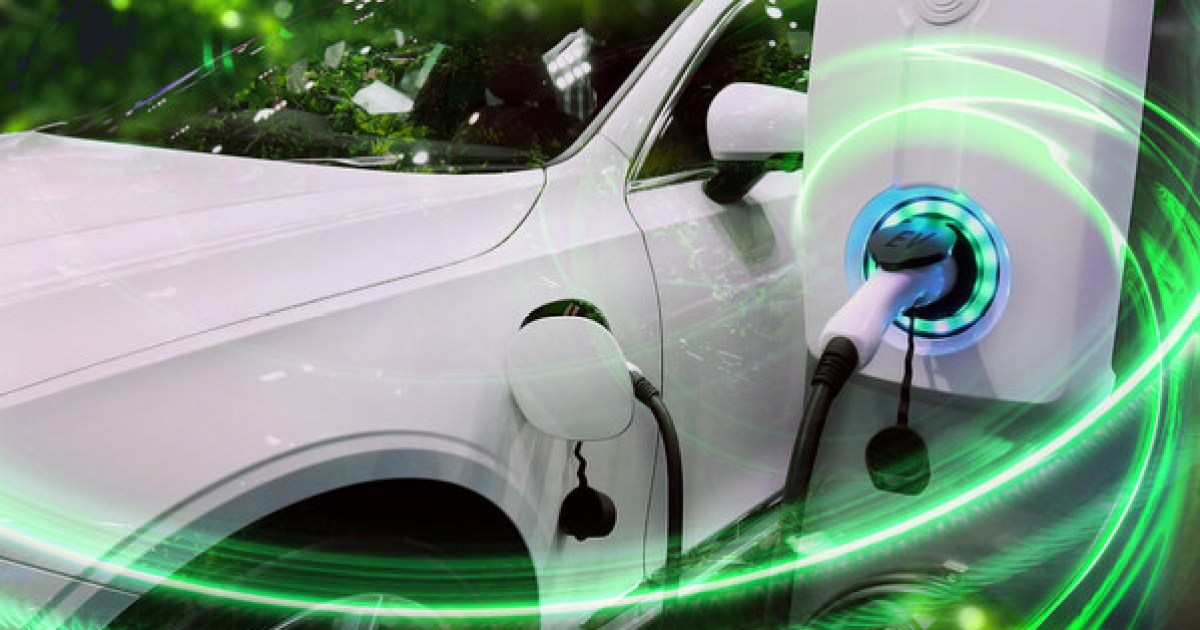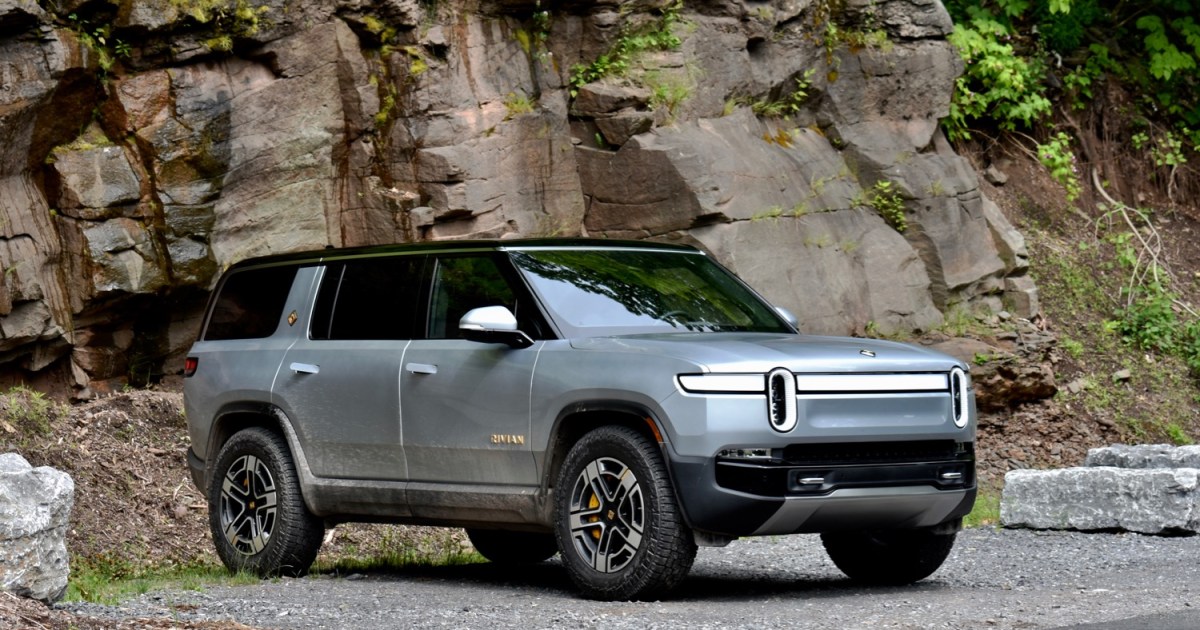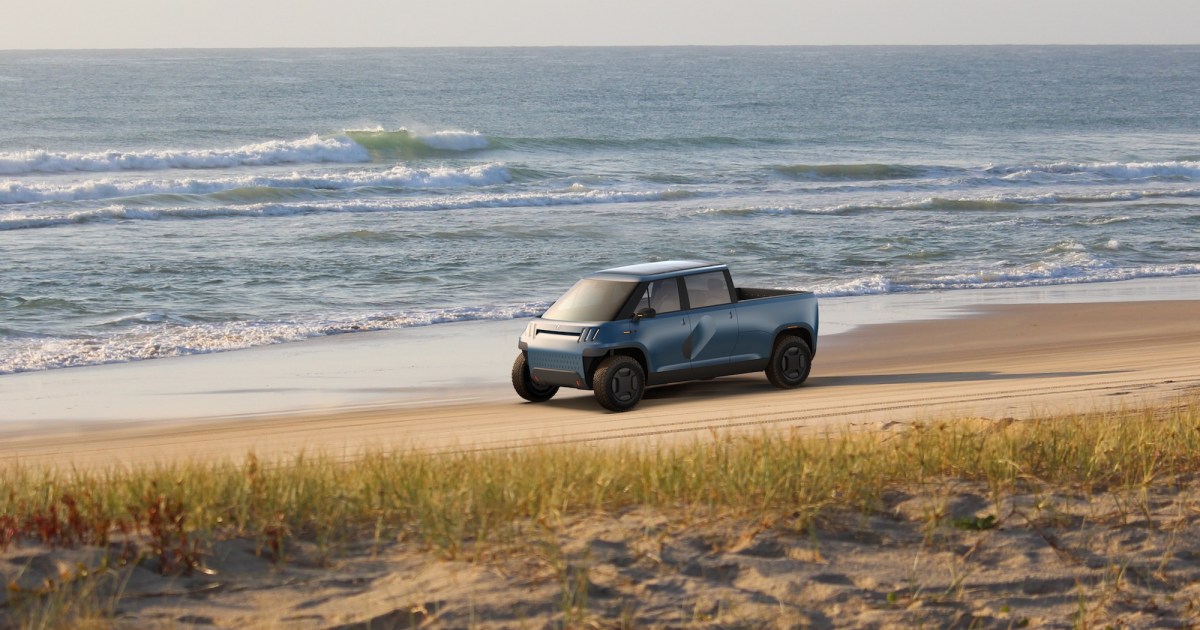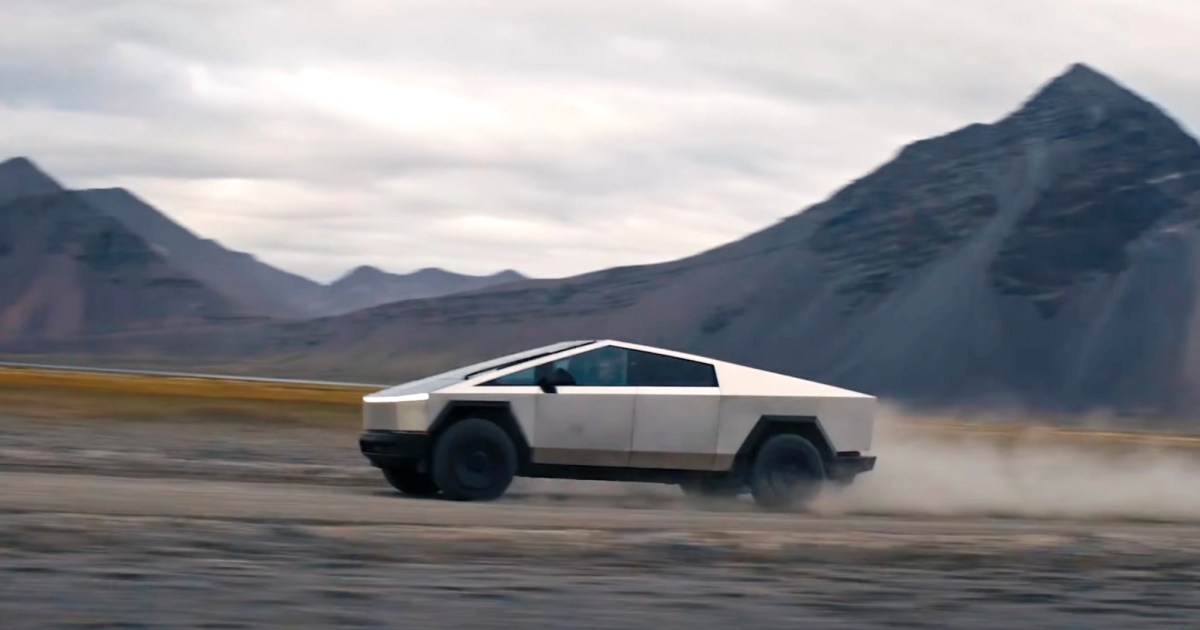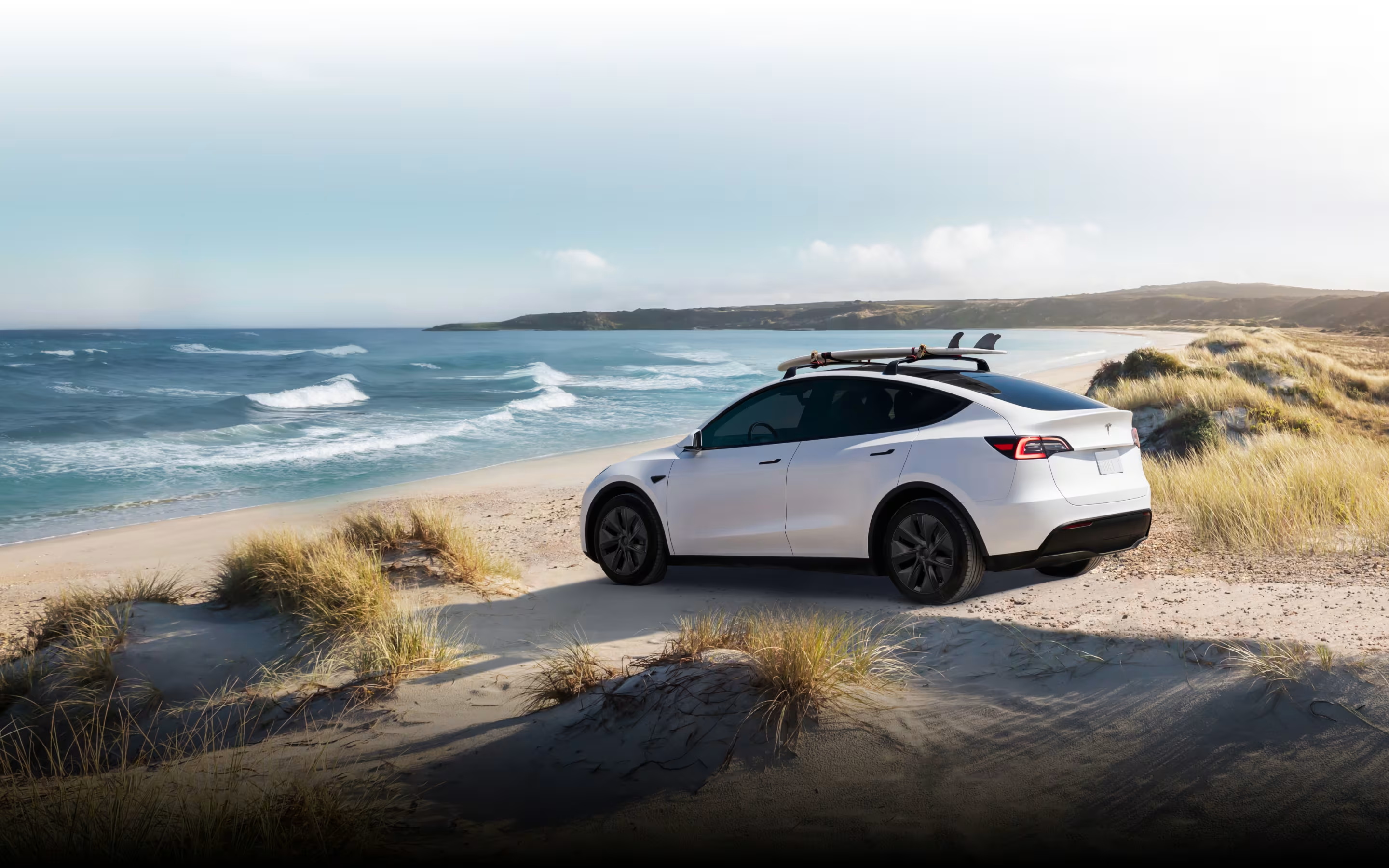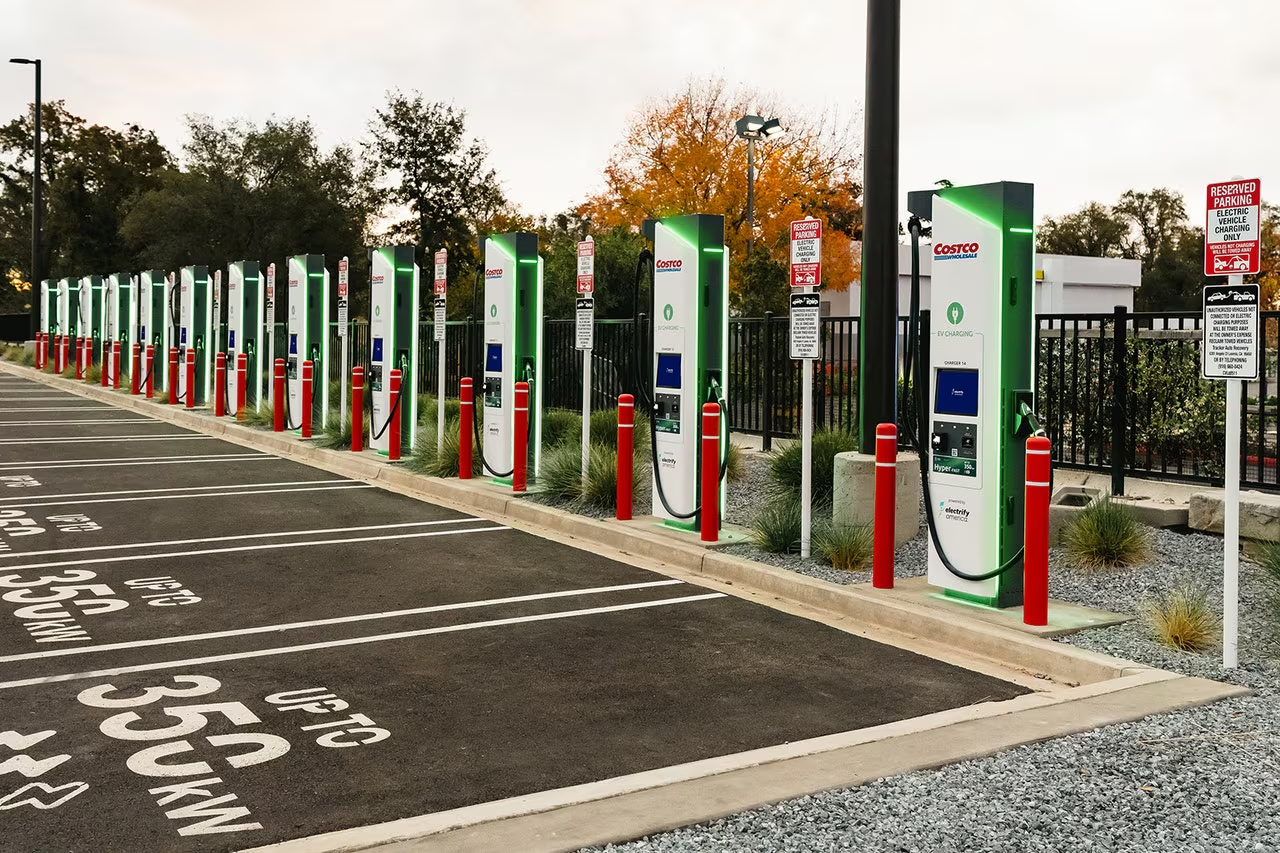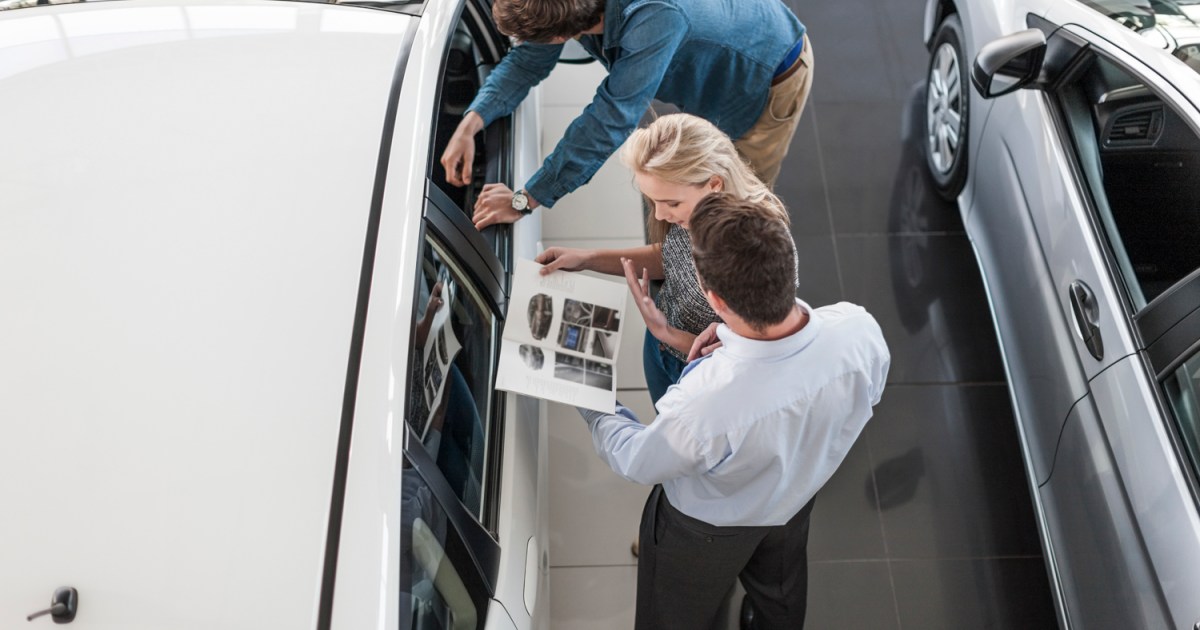The electric vehicle (EV) charging experience in the U.S. has been far from perfect. Finding a convenient and available charging station, initiating the charge, and managing payment has often been a fragmented and cumbersome process. However, a new initiative spearheaded by the Biden administration and a private consortium promises to revolutionize EV charging by 2025.
A Universal Standard for EV Charging
This collaborative effort aims to establish a universal plug-and-charge protocol, enabling seamless charging for all EVs at any public charging station across the U.S. This initiative addresses a major pain point for current and prospective EV owners. As Gabe Klein, executive director of the Joint Office of Energy and Transportation, stated, “Universal Plug & Charge levels up the electric fueling experience — making it even easier than filling up with gas.” The vision is a future where EV drivers simply plug in, charge, and go, with the network handling communication and payment automatically.
Addressing Key Barriers to EV Adoption
Charging infrastructure has been identified as a significant obstacle to wider EV adoption. A recent Accenture study highlighted charging infrastructure, high upfront costs, and potential lifestyle changes as the top three deterrents for potential EV buyers. While charging infrastructure has expanded considerably in recent years with networks like Chargepoint, Tesla’s SuperCharger network, Electrify America, and Rivian Adventure Network, along with retailers like Costco and Walmart, the overall experience has remained inconsistent.
Overcoming Fragmentation in the Current System
The current EV charging landscape is fragmented due to varying charging ports, such as the Combined Charging System (CCS) and Tesla’s North American Charging Standard (NACS). Furthermore, drivers often rely on manufacturer-specific apps for locating charging stations and processing payments. The new universal plug-and-charge protocol aims to resolve these issues by enabling direct communication between vehicles, chargers, and charging networks.
A Simpler, More Automated Future
This new protocol eliminates the need for multiple apps and payment methods. For EV drivers, this translates to faster, automated charging at any public station, regardless of the vehicle. The envisioned “plug in, charge up, and go” experience promises to significantly simplify EV ownership and accelerate the transition to electric mobility.
Conclusion: Paving the Way for Widespread EV Adoption
The implementation of a universal plug-and-charge standard in 2025 marks a significant step towards a more user-friendly and accessible EV charging experience. By addressing key barriers to adoption, this initiative has the potential to accelerate the growth of the EV market and contribute to a cleaner transportation future. The promise of seamless charging is a game-changer for the EV industry, paving the way for a more convenient and widespread adoption of electric vehicles.



